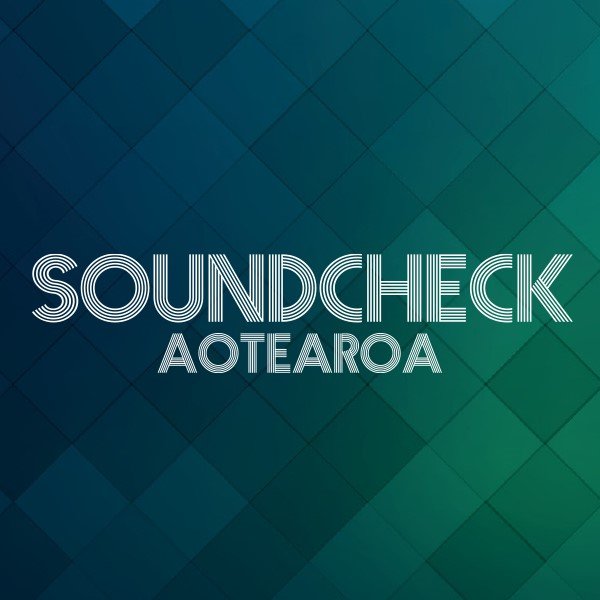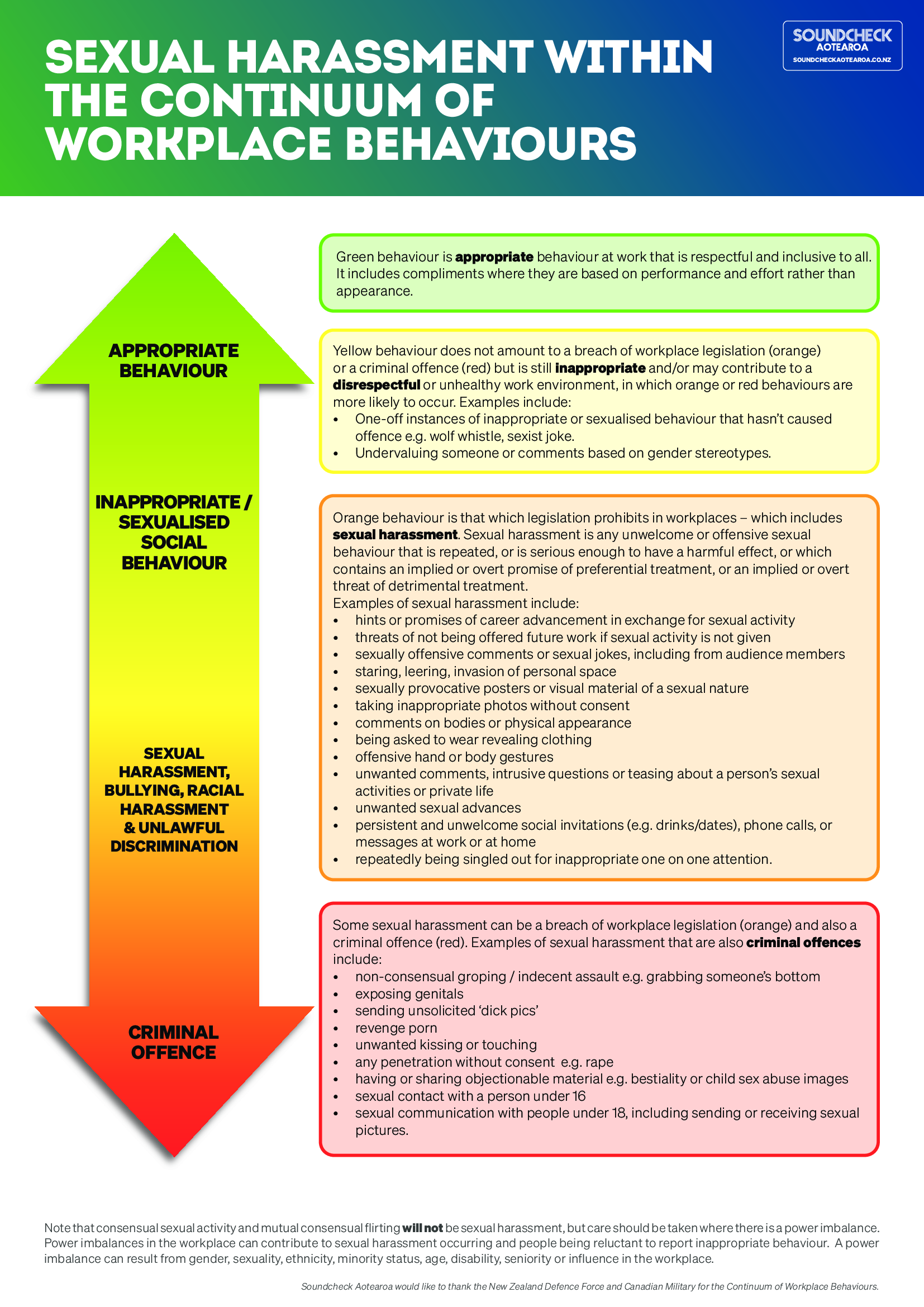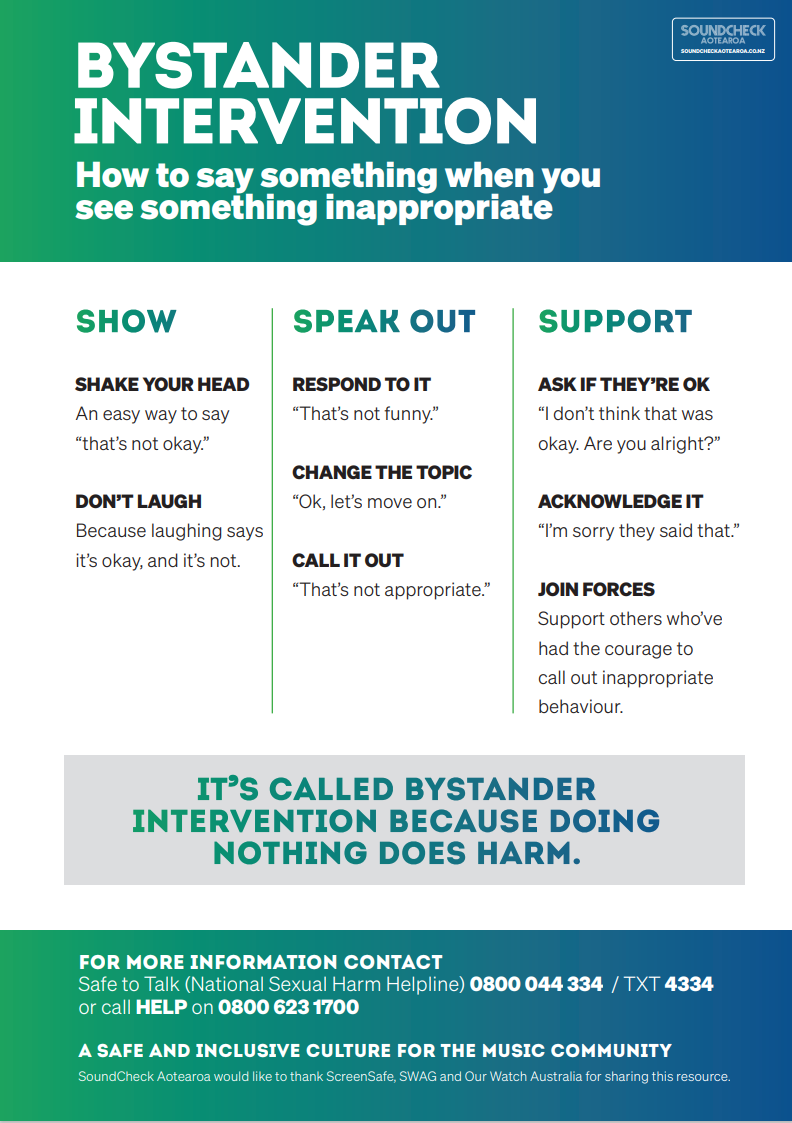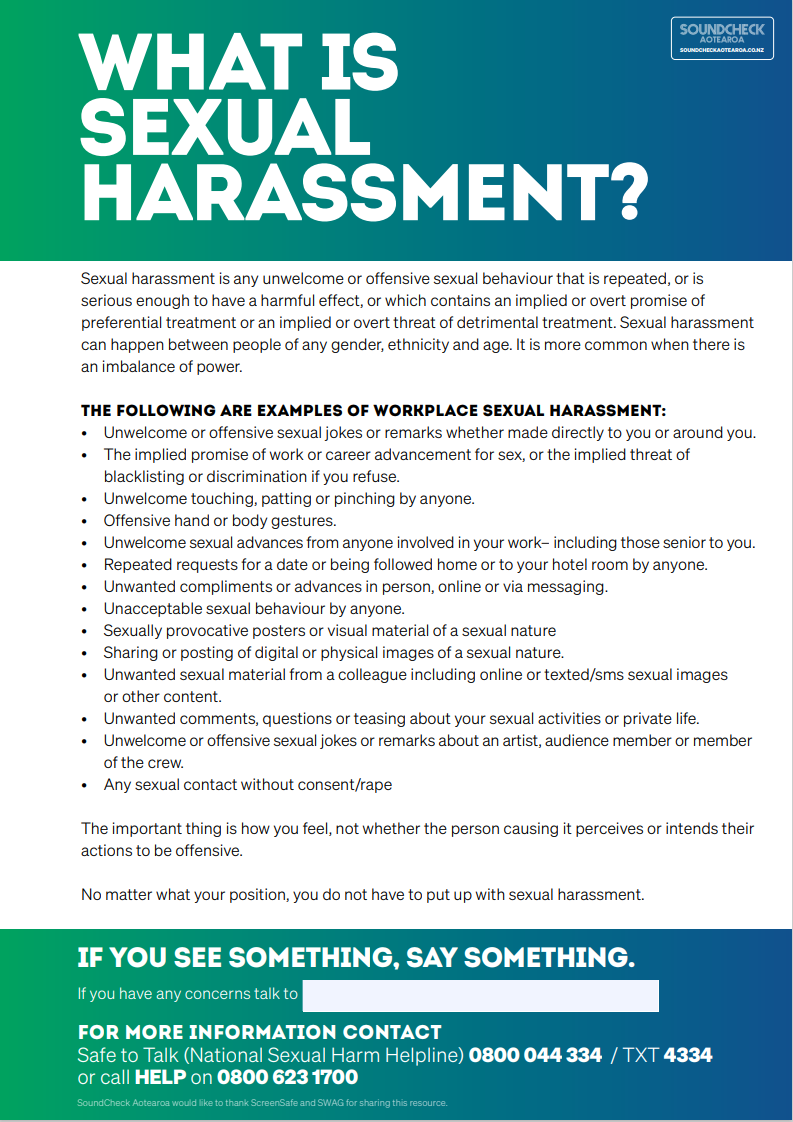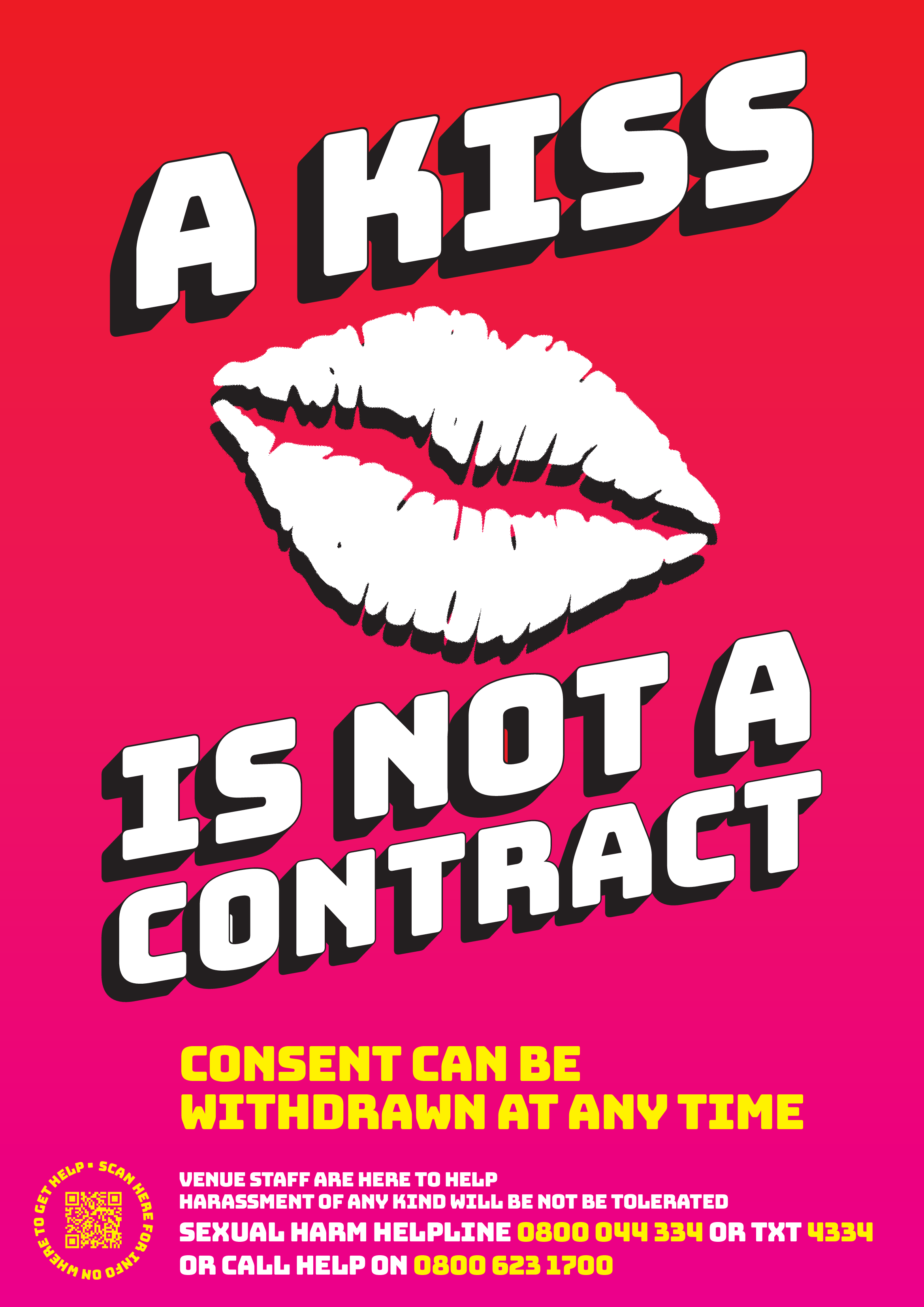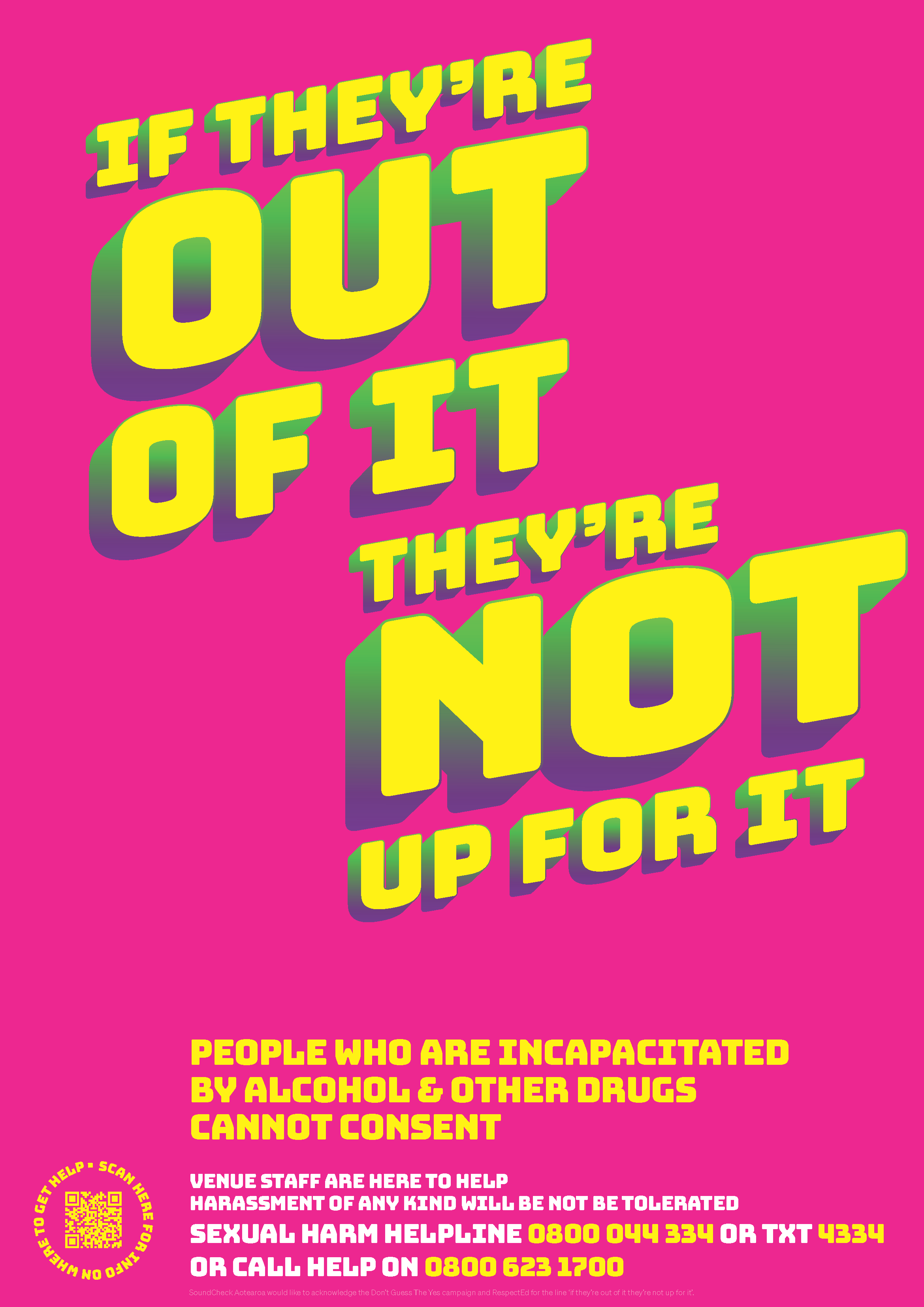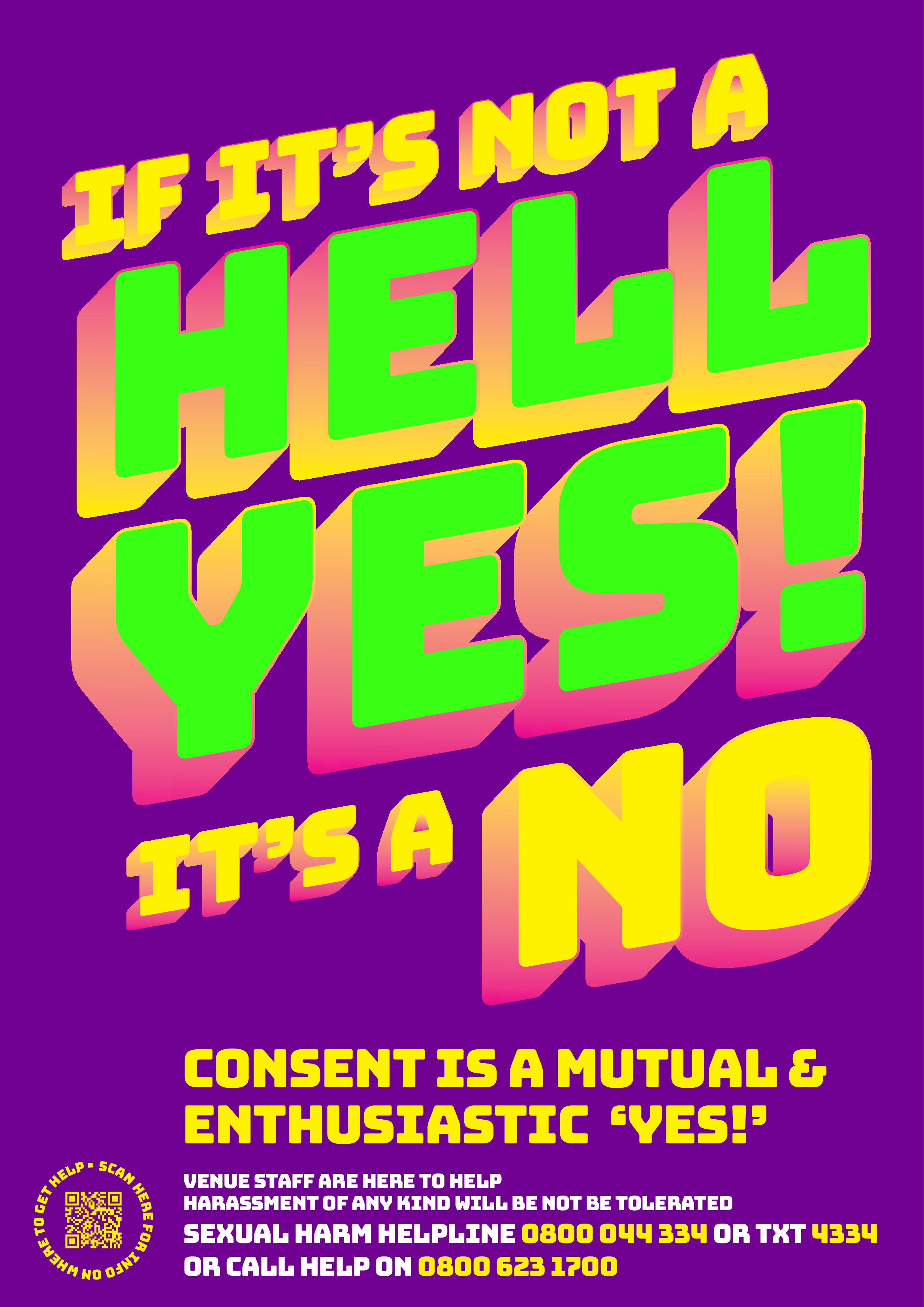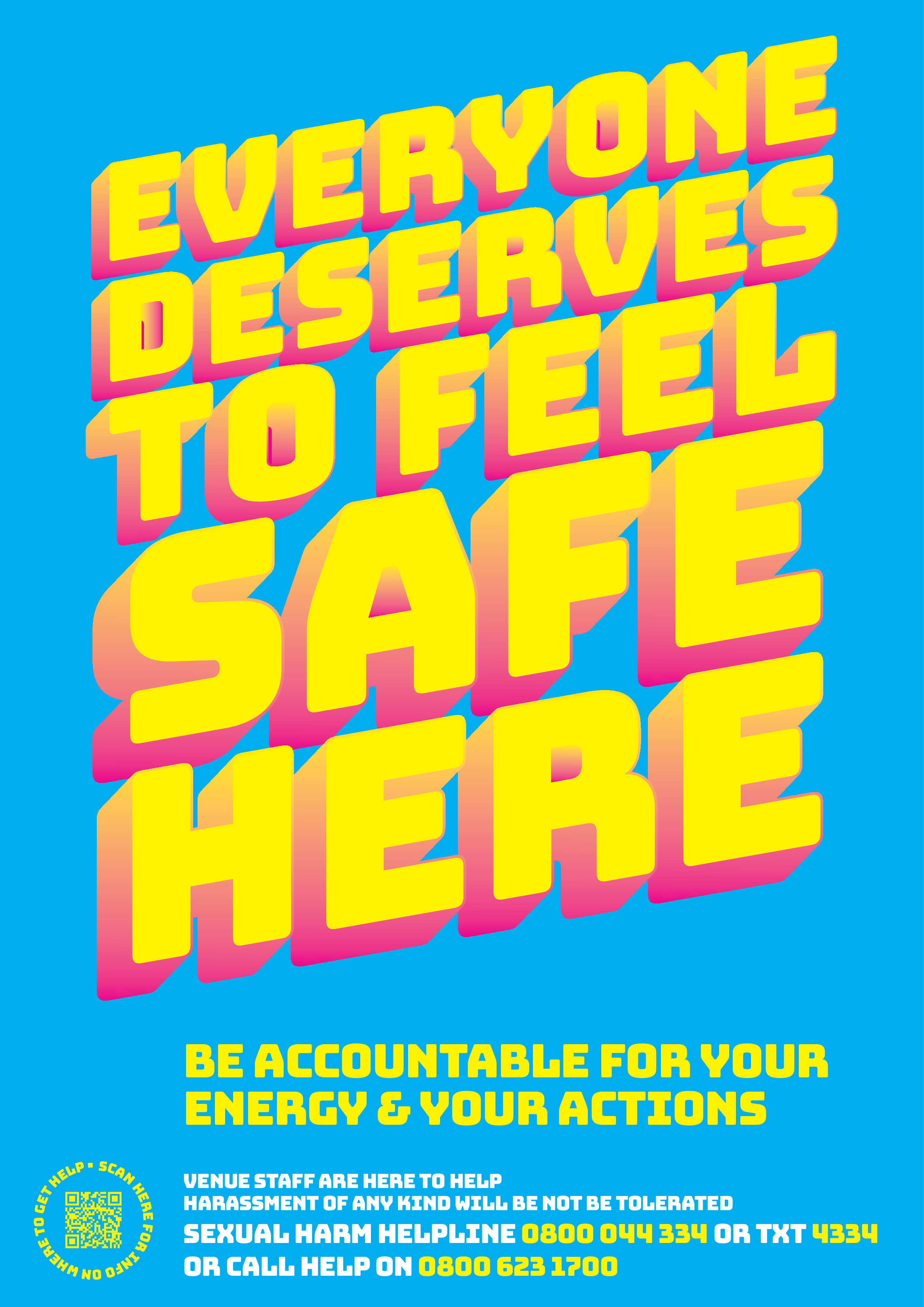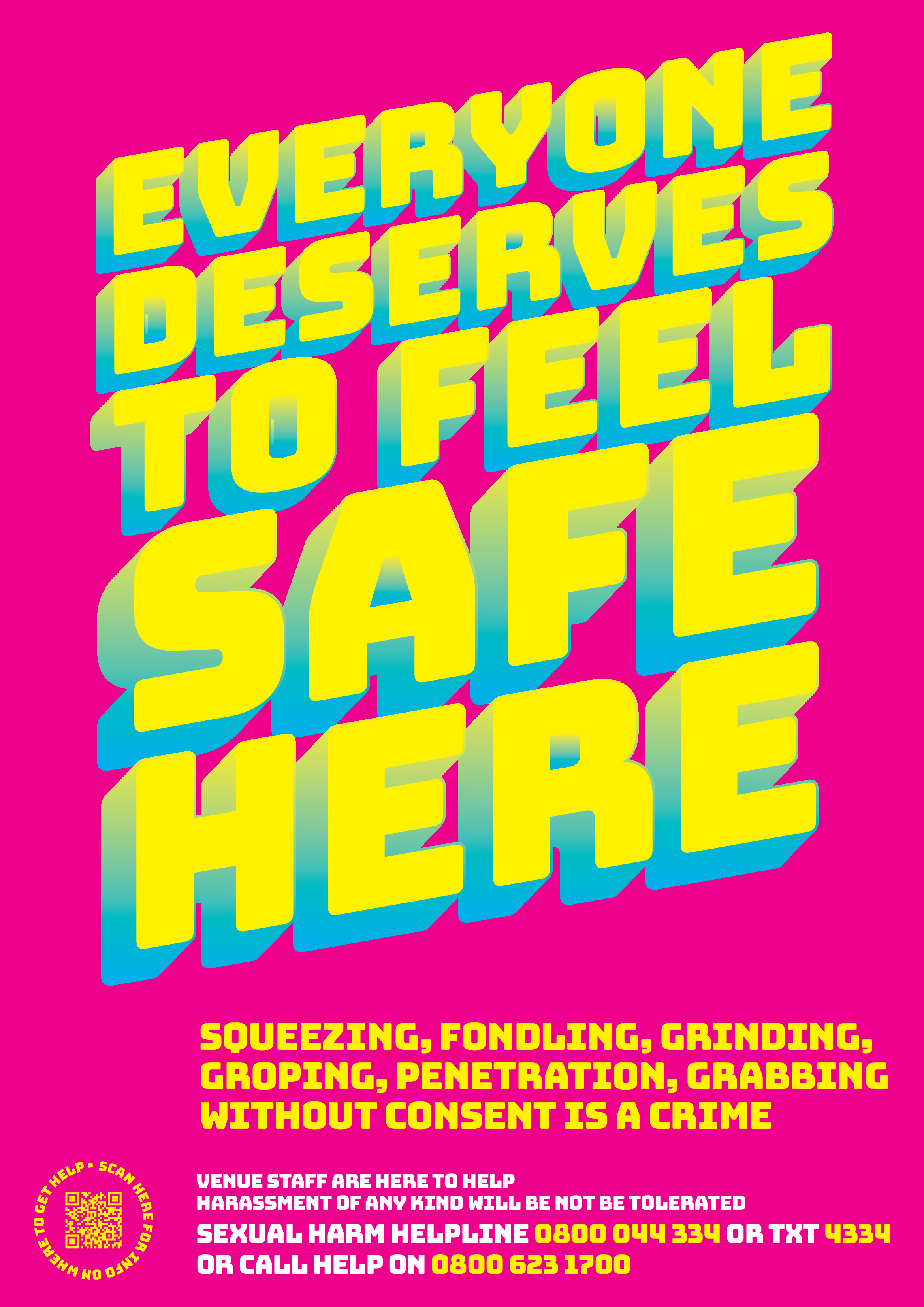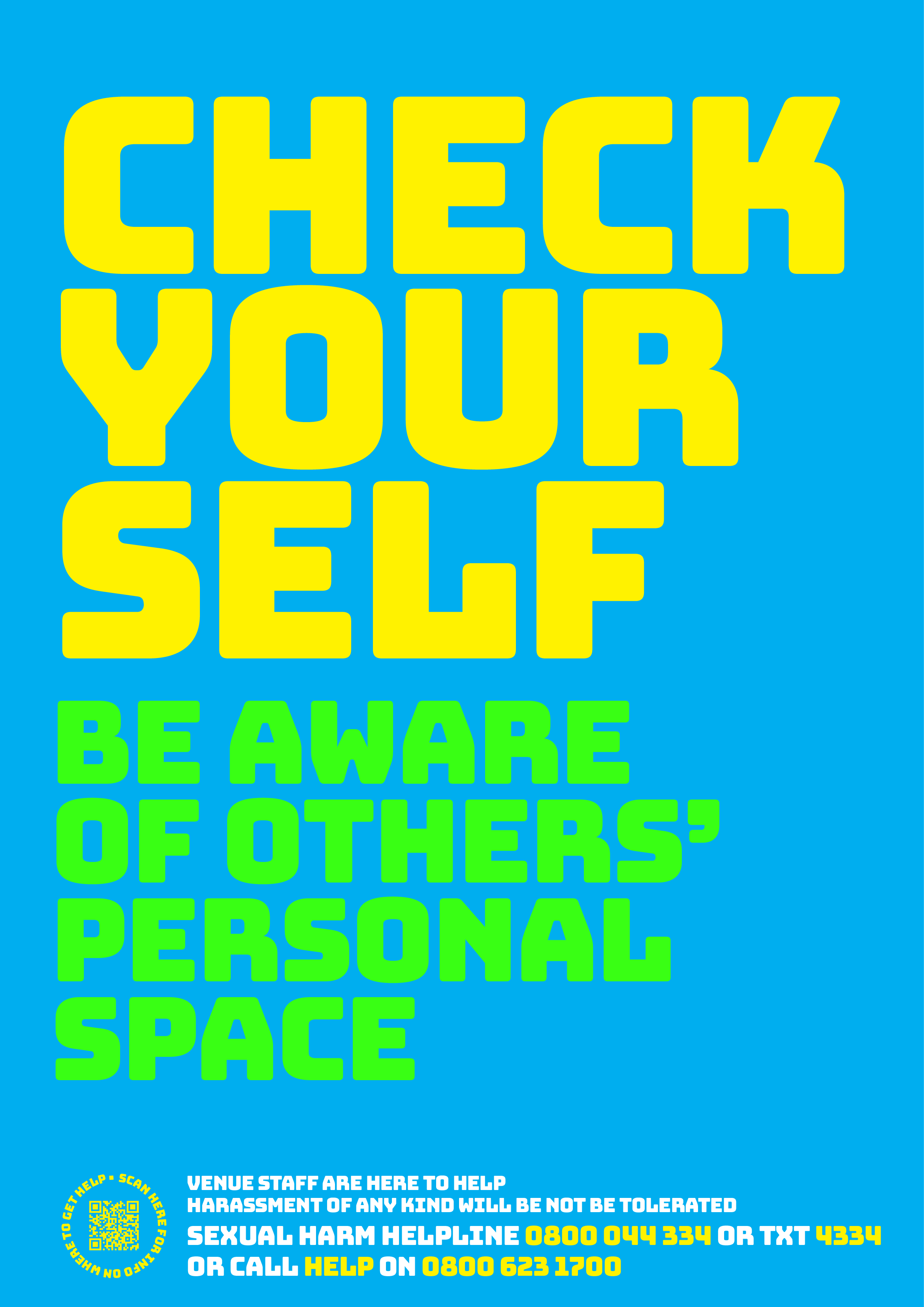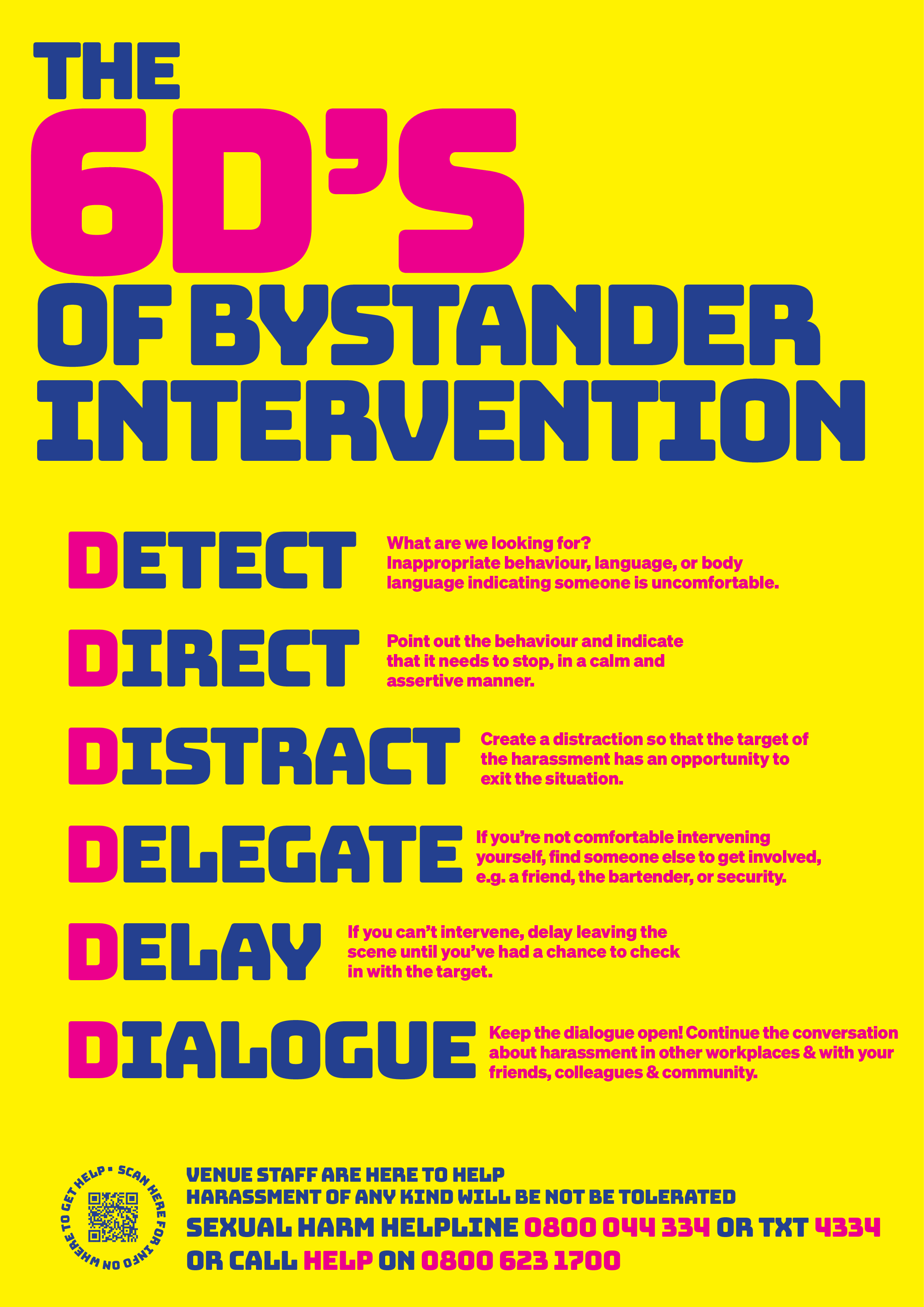VISUAL RESOURCES AND POSTERS
This section contains a number of visual resources and posters created by SoundCheck Aotearoa, and links to examples of visuals and posters created by others.
The visual resources/posters fall into two categories:
Informational posters
Visual resources to be used at live music events
INFORMATIONAL POSTERS
The informational posters can be used in many different settings, ranging from an office, a music venue, or a health and safety noticeboard. They may also be used in connection with a Sexual Harassment Policy to provide guidance to workers about on what sexual harassment is and examples of bystander intervention techniques.
Click on each poster to download
VISUAL RESOURCES FOR LIVE MUSIC EVENTS
The visual resources for use at live music events include resources for those working on the event, and posters to communicate with the audience.
Posters for public/audience facing areas - Click on each poster to download
This is a set of posters intended for use in public/audience facing areas to influence culture and behaviour and to communicate how to report concerns.
Consent culture posters: This set of posters includes a number of messages about the importance of consent.
Party Rules posters: This set of posters includes a number of messages about general behaviour
Bystander Intervention poster: 6 Ds poster
OTHER RESOURCES FOR WORKERS ON LIVE MUSIC EVENTS
The resources for workers on live music events are intended as quick reference or visual guides to assist them in managing the risks of sexual harassment occurring at the event. These resources are intended to tie in with existing policies and process in place at the event and include the following:
-
Prior to an event, workers should be briefed on the use of the laminate to be passed on and covered with stakeholders such as venue staff, security, promoters, acts. The laminate is primarily a reminder on previous training, briefings and reporting processes already covered.
Prior to an event, reporting chains must be decided depending on scale of event and staff available;
• Backstage – large event - at least one of the delegates should be visible/ known across all departments and could be H&S rep, Promoter rep, Merlin’s Pass holders. Beyond that, any staff member willing and able e.g Stage Manager, Artist Liaison etc;
• Backstage - small shows - could be bar manager, promoter, tour manager;
• Public Facing – large shows - security to contact supervisor then to trained delegates;
• Public Facing - small shows – could be bar manager, promoter, tour manager, merch person.
-
Prior to event, workers should be briefed on the use of the wallet cards and information within to be passed on and covered with stakeholders such as venue staff, security, promoters, acts.
Prior to event, reporting chain must be decided depending on scale of event and staff available;
• Backstage – large show – at least one of the delegates should be visible/ known across all departments and could be H&S rep, Promoter rep, Merlin’s Pass holders. Beyond that, any staff member willing and able e.g Stage Manager, Artist Liaison etc;
• Backstage - small show - could be bar manager, promoter, tour manager;
• Public Facing – large show - security to contact supervisor then to trained delegates.
• Public Facing - small show – could be bar manager, promoter, tour manager, merch person
OTHER GUIDANCE
Before using these visual resources, we recommend reading these related guidelines/documents/guidance:
Guidance: Resources for the Live Music Sector and Live Events
Merlin’s Pass Laminate (read guidance doc above)
For more inspiration, here are some visual resources and posters created by others:
SoundCheck Aotearoa has provided these links to third party websites as useful examples and does not necessarily endorse the organisations concerned. Please also note some examples are from overseas jurisdictions where laws may differ and are included purely for guidance.
Your Choice – House Rules
Beacon Festival – Be Nice
Rhythm & Vines – Good Vibes (with thanks to LiveNation)
